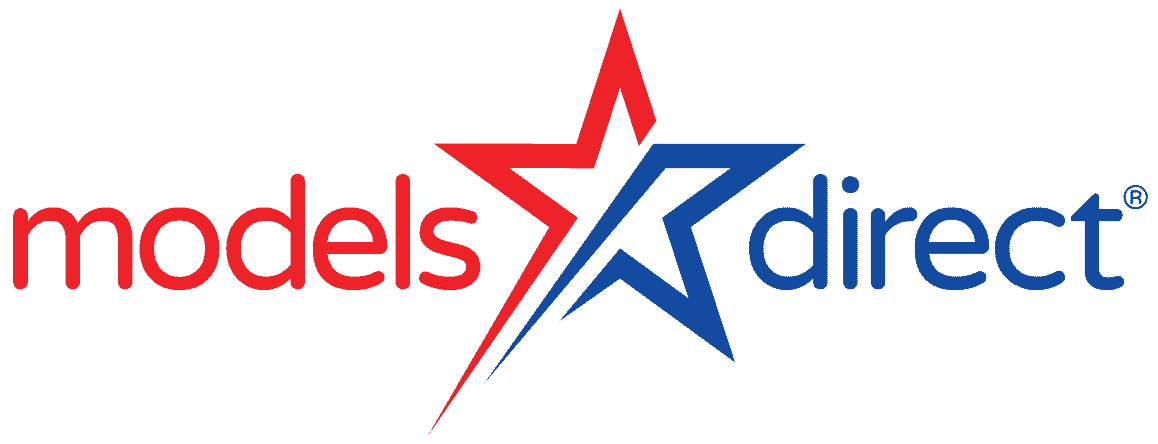A few years ago, three letters changed the world.
The trio of letters are “WWW”.
Those letters were instantly synonymous with technological progress, and they allowed people to connect with each other all across the globe from the comfort of their homes, offices, Internet cafes and, nearly two decades later, anywhere at all with the conception of smartphones. It’s called the “World Wide Web” for a reason.
Brands have used “the Web” as their main marketing tool since it was first invented. In these modern times, Internet marketing remains the no.1 choice for companies looking for more exposure. TV, radio and printed press marketing remain as popular as ever, but these days brands that don’t utilise social media platforms and other apps are losing out.
So, what makes a successful marketing campaign? The key point to stress is that marketing campaigns have one clear purpose: to interact, reach and engage with customers. The more people a campaign reaches, the greater the chance that a large number of people will take notice…and that usually means more sales. Of course, a marketing campaign doesn’t necessarily equate to sales; a government broadcast is a good example of a marketing campaign where the main purpose is to get a message across to a population rather than tempt customers. But it remains a campaign and is designed to reach people in just the same way as a commercial campaign.
Large budgets are put aside to come up with the perfect campaign. By “perfect” we mean “successful”, and they often have similar characteristics. The following all contribute to a profitable campaign:
· Target audience (consumers) – knowing what the customer wants, and how to tempt them.
· Simple – basic formats are usually the most effective.
· Memorable – does a marketing campaign linger long in the memory? If so, it will be more valuable to a business than one that is instantly forgotten by the consumer.
· Funny / eye-catching – humour can play a huge part in a successful campaign. Indeed, comedy has been utilised by companies for decades to achieve sales.
· Subliminal messages – subtle, hidden messages in campaigns are used to persuade customers over a long time.
Models are used in various marketing campaigns because brands realise the value of real people appealing to…well, real people. Whilst gadgets, gimmicks and technology remain beneficial marketing ploys, frequently only models will do. And this is good news in the ever-changing commercial world: good news for you, us, and our clients!
Brands are constantly evolving. Their growth is dependent on increased revenue, and marketing campaigns are crucial in a brand’s expansion. As brands develop, so too do their revenue. More revenue equals more marketing budgets, put aside to increase brand awareness in a bid to secure more revenue…hence more growth. It’s a continuous cycle for a successful brand, and it’s a cycle that works.
Through social media platforms and the Internet, marketing can be instantly effective around the globe. With just a few clicks here and a few “shares” there, the size of a brand’s audience can be amplified in a way that would have been incomprehensible three or four decades ago.
The Web may have changed the world in one way or another, but models can be a small part of that. To get involved, spend just a couple of minutes submitting your application to us or if you’re a brand looking for models to appear in your next online campaign speak to our bookings team!






